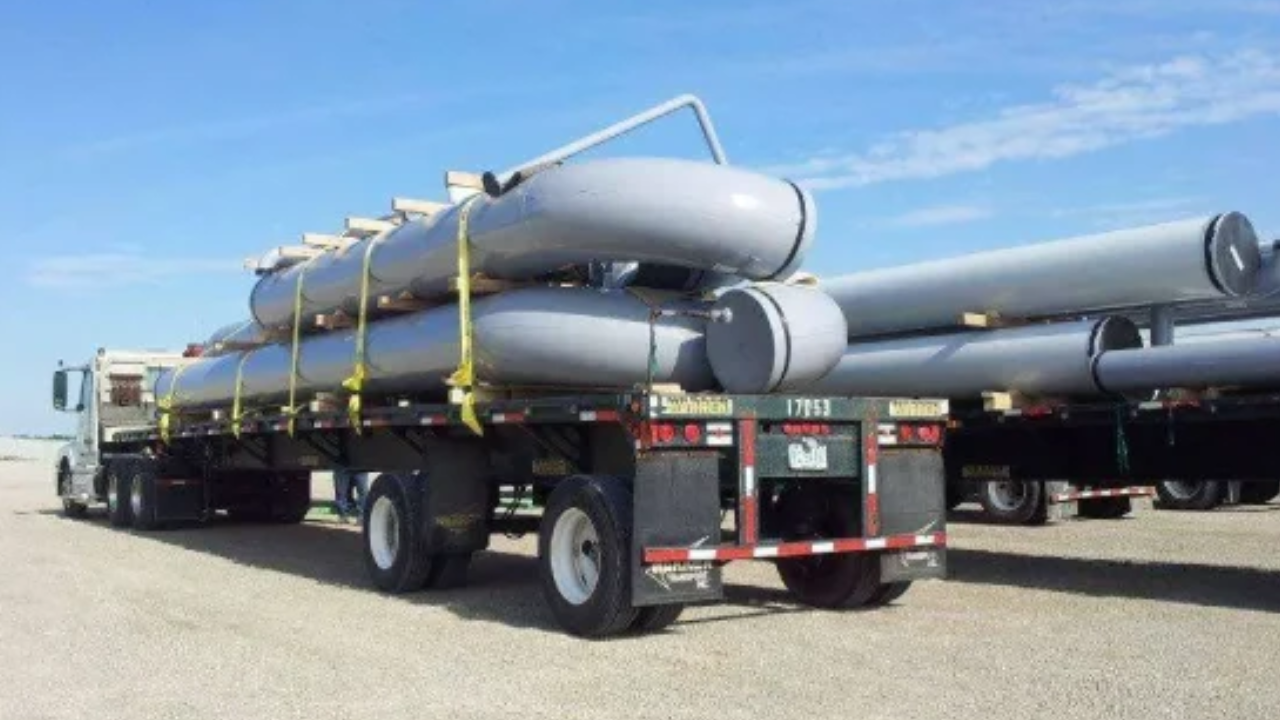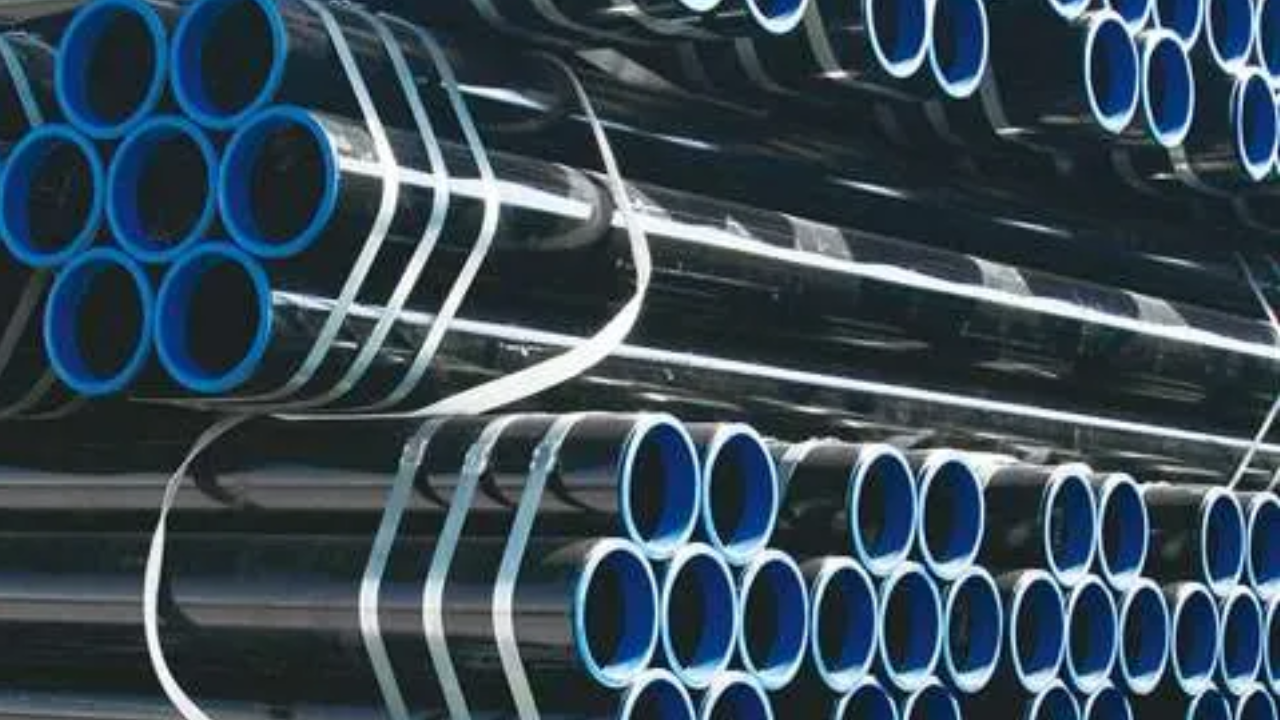A prominent manufacturer that specializes in forging components operates with a steadfast dedication to precision and sturdiness. Their know-how lies in crafting components through the meticulous manner of forging, which involves shaping metal with managed pressure and warmth. Renowned for his or her potential to provide excellent parts, they cater to numerous industries including automobile, aerospace, oil and gasoline, and commercial device sectors.
Emphasizing innovation and reliability, this manufacturer utilizes advanced strategies and modern devices to make sure each cast component meets stringent excellent requirements. Their products vary from difficult components to heavy-duty parts, tailor-made to satisfy specific client necessities. With a focus on durability and overall performance, forging parts manufacturer adhere to rigorous excellent control measures in the course of the forging system, ensuring consistency and reliability in each product batch.
Approaches Forging Parts Manufacturers Ensure Environmental Sustainability in Manufacturing Method
Forging parts manufacturers are progressively focusing on natural maintainability in their assembling systems, lining up with worldwide endeavors to draw nearer to eco-accommodating practices and bringing down carbon impressions. Here’s how those manufacturers ensure environmental sustainability:
Material Selection and Sourcing
Forging part manufacturers prioritize sustainable practices in material selection and sourcing. They choose recycled metals to reduce environmental impact and collaborate with certified providers who adhere to accountable sourcing practices. By sourcing scrap metals and ensuring raw substances come from responsibly managed resources, manufacturers reduce their carbon footprint and support sustainable resource control projects. This method aligns with international efforts in the direction of eco-friendly manufacturing and reduces reliance on virgin substances, selling around economic system concepts.
Energy Efficiency
Forging part manufacturers improve energy performance through advanced technologies like electric induction heating and gas heating structures. Those methods optimize power use through forging processes, reducing typical intake and greenhouse fuel emissions. Additionally, imposing warmth recuperation structures capture and reuse extra warmth, in addition to improving performance. Those tasks not only lower operational prices but also align with environmental sustainability goals by minimizing the manufacturing zone’s carbon footprint.
Waste Reduction and Management
Forging parts manufacturers to implement waste reduction strategies by optimizing material usage and adopting lean production concepts. They set up complete recycling programs for steel scrap and other waste materials, aiming for minimal landfill waste. Through green waste segregation and recycling, manufacturers decrease their environmental impact and promote useful resource conservation. Moreover, they prioritize responsible disposal strategies for non-recyclable waste, ensuring compliance with environmental rules and fostering a sustainable production environment.
Emission Control
Forging part manufacturers prioritize emission manipulation by installing superior technologies such as scrubbers and filters in their production facilities. These structures correctly lessen particulate count and harmful emissions launched in the course of forging methods. Ordinary tracking and compliance with environmental policies make sure that emissions meet stringent standards. By investing in emission control technologies, manufacturers mitigate air pollution and reveal their commitment to environmental stewardship and sustainability in production operations.
Environmental Certifications and Compliance
Forging part manufacturers exhibit dedication to environmental stewardship through certifications for environmental management structures. They stick to severe administrative necessities overseeing air outflows, water release, and waste administration. Through preserving compliance and continuously improving environmental overall performance, manufacturers uphold transparency and responsibility in their operations. Environmental certifications validate their efforts to minimize environmental impact and promote sustainable practices.
Employee Training and Engagement
Forging parts manufacturers prioritize worker training and engagement in environmental sustainability practices. They conduct regular workshops and provide resources to train personnel on sustainable manufacturing techniques and the importance of environmental stewardship. By fostering a tradition of duty and consciousness, manufacturers empower employees to contribute ideas and tasks for enhancing sustainability. Attractive personnel in sustainability efforts promote a collective commitment to reducing environmental impact across all stages of the company.
Conclusion
Forging part manufacturers are at the vanguard of adopting sustainable practices, demonstrating a commitment to environmental stewardship. By prioritizing material sourcing, electricity performance, waste reduction, emission control, and attractive stakeholders, these manufacturers no longer only meet regulatory requirements but additionally make contributions undoubtedly to environmental sustainability goals globally. Through non-stop improvement and innovation, they pave the way for a more sustainable future in manufacturing.













